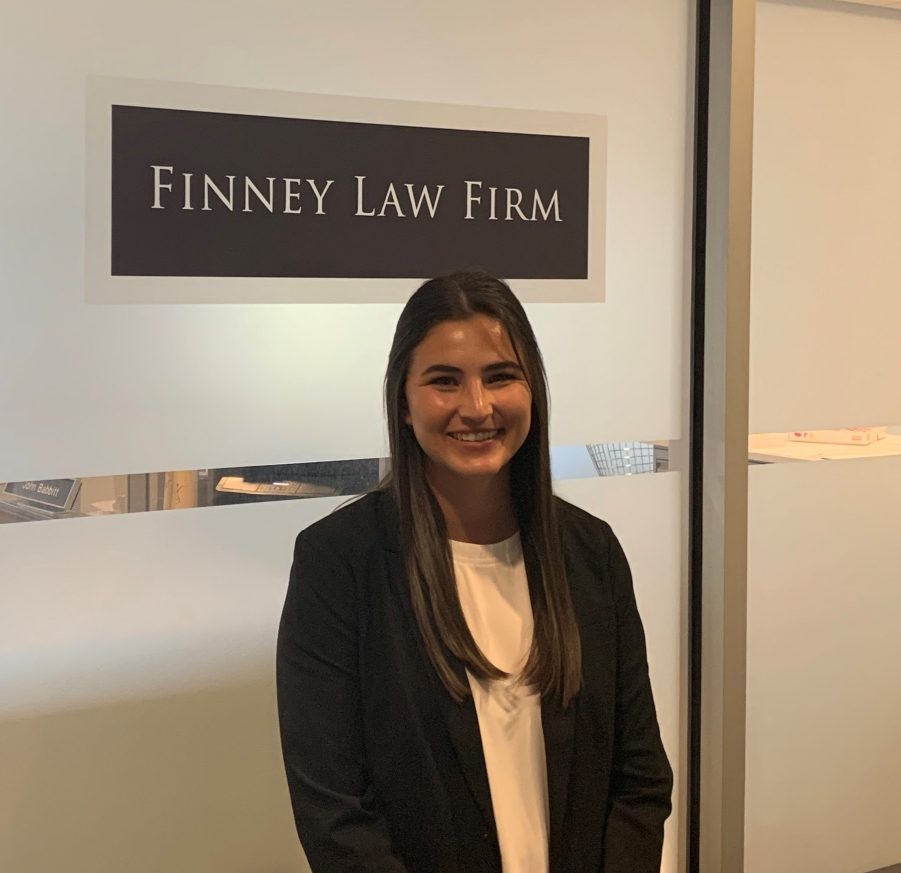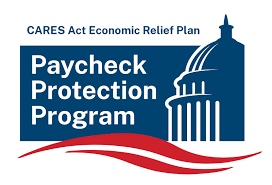In business and personal commercial dispute resolution, clients come to us who either have been sued by someone and need a defense, or have been wronged by someone and desire to pursue that claim in court. For both, litigation should involve, among other factors, a risk versus reward analysis.
If you pay us “X” in legal fees and “Y” for expenses, will you obtain a better outcome than settling on even unfavorable terms (as a defendant) or walking away from a claim (as a plaintiff)?
Unfortunately, litigation is always a “bad option” for a host of reasons:
- The simple math of the cost of getting the matter before a Judge for resolution.
- The unpredictability of result. Even the best cases (from a defense or prosecution standpoint) are never as clear to a judge or jury as they are to you, and in many cases your attorney, who takes the role of being an advocate who believes in your case and in you.
- When you bring a claim, will the defendant bring a counterclaim that you will need to defend? This is very frequently the path of litigation.
- Related to the foregoing, rarely are cases as one-sided as the client tells us in the initial meeting. There frequently is one stray witness, one stray e-mail, one stray fact that does not make our client look exactly like Snow White when the case goes to trial.
- Litigation disrupts personal life and business affairs. It is messy, time-consuming, distracting to family, neighbors, friends, clients and employees, who may need to testify at trial, gather voluminous documents, and be otherwise be distracted from life and business priorities.
- Litigation has “collateral damage” associated with it: Bad publicity, disruption of partnership affairs, or alienating client and vendor relationships. Years ago, I had a client involved in litigation who was informed after years of study and volunteer activity that he could not serve as a deacon in his church because of his litigation. Another had his name plastered on the front page of the newspaper. A third was told by his bank to do business elsewhere.
- In the middle of litigation can be business failure, death, divorce, insolvency, transfers of assets, etc. In other words, just because someone appears to have assets that can be seized when a case is commenced, does not mean the assets will be there to collect after three or five years of fighting.
So, the important question for the client is: Is this fight worth these costs, distractions and risks to you?
I say the words “risk” and “reward” and very frequently, I wonder if clients only hear the word “reward.” I wonder if they really thoroughly assess the costs and risks involved in being in a courtroom.
Often, before a case is initiated, clients tell me it is the “principal” of the case, and more power to anyone in our society who acts out of principal. But just as frequently, after bills mount for three months, six months or a year, they would be happy just to settle for the legal fees they have incurred to that point, taking them back to where they started with our firm. In the rear view mirror, the principal pales in comparison to the cost. But the other party has spent the same or more in legal fees to get to that point, and is not interested in spending or conceding more on a settlement.
So, when I say litigation is a “bad option,” I mean it. But the question is whether it is worse than the other options of defending a frivolous case or walking way from a meritorious case that — for a host of reasons — needs to be pursued.
What is a case really worth? As I recall, now-deceased Federal Judge Arthur Spiegel from Cincinnati encouraged litigants in his courtroom to look at a case this way:
- As a Plaintiff, if you won, how much really will you collect?
- And then what is your anticipated percentage chance of winning at trial?
- If your collectible damages are $400,000 and you have a 75% chance of prevailing (no case is a 100% winner), the case has a settlement value of $300,000.
- And then off of that comes the legal fees, time and expense of moving forward with trials and appeals.
- The same analysis applies to the defense side of a case.
I encourage litigants to make this analysis before they incur $100,000 or more in legal fees and suffer the other adverse consequences of litigation. Unfortunately, rare is the case — exceedingly rare — when both the Plaintiff and the Defendant are both willing to have that discussion before engaging in the mutually assured destruction that litigation almost always becomes.
But from your side, be sure to perform your risk-reward analysis before litigation commences or proceeds too far.










